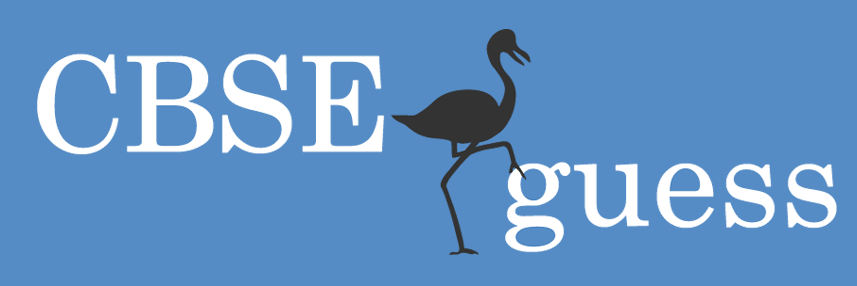Lesson Planning: How to Design an Effective Curriculum
Lesson planning is an important component of education and the everyday function of a classroom. It is vital to the learning of your students. A strongly structured lesson plan can reach and engage the toughest students while challenging the most gifted. The lesson plan is the blueprint and sets up the foundation for educators to reach students with different learning styles.
Whether in a public or private school setting, more effective lesson planning can be achieved with practice. Strategic lesson planning can take a simple teacher’s guide of content presentations and maximize learning for every student. The key to lesson planning lies in the combination of meta-analysis and current action research. If you use educational research while you are designing curriculums, you will produce more efficient and effective plans. A good lesson plan will address both today’s high standards and the differentiated learning styles of the student.
To create a good lesson plan you must first identify and utilize the correct strategy for each lesson. Plan lessons that incorporate direct instruction to create questions designed to take students through the steps that lead to comprehension. It’s also important to design indirect instruction to guide students to mastery by exploring the common attributes of concepts, terms, data and events. When you are designing curriculum it is important to make sure the program assists students in creating simple statements and questions that will enable them to preview, predict and identify relevant material while reading for meaning.
Another method used in education is pairing students to form learning partnerships that are mutually beneficial. It can be very effective for students to learn together in teams. Because the goal of strategic lesson planning is to raise achievement through structured learning processes, students can help each other by identifying key similarities and differences in concepts and tasks. Strategic lesson planning can be accomplished by presenting material in a way that calls for students to make informed decisions that can apply to many different content areas. The main way to reach students is to keep learning interesting.
Educators can optimize content mastery in the classroom through the use of games, tournaments and teams. There are other valuable ways to use different teaching styles in a lucrative way. Some key strategies for different content and skills include building reflective skills through note-taking, increase meaningful discussions, and engage multiple styles simultaneously.
Overall, it’s important to remember that your lesson plan can result in two outcomes: it can make inherently interesting content less interesting, or it can make dull material appealing and interactive. The tools to change how your students view the material lie in the lesson planning. By incorporating interactive ways of learning, students will be more likely to get involved and therefore learn more efficiently. If you build and structure your plan in a way that takes the results of educational research and combine it with motivating strategies, you will have the ideal curriculum. Designing curriculum is an art form and a science. You need to use strategy, research, and creativity. A great deal of work and details go into the creation of a successful lesson plan, but the results are rewarding.
About The Author
Teacher Education Institute (TEI) offers rigorous, graduate-level professional development courses for K-12 classroom teachers. For more about lesson planning, strategic lesson planning, designing curriculums, or TEI, visit http://www.teachereducation.com
